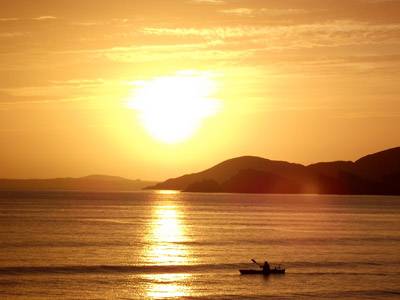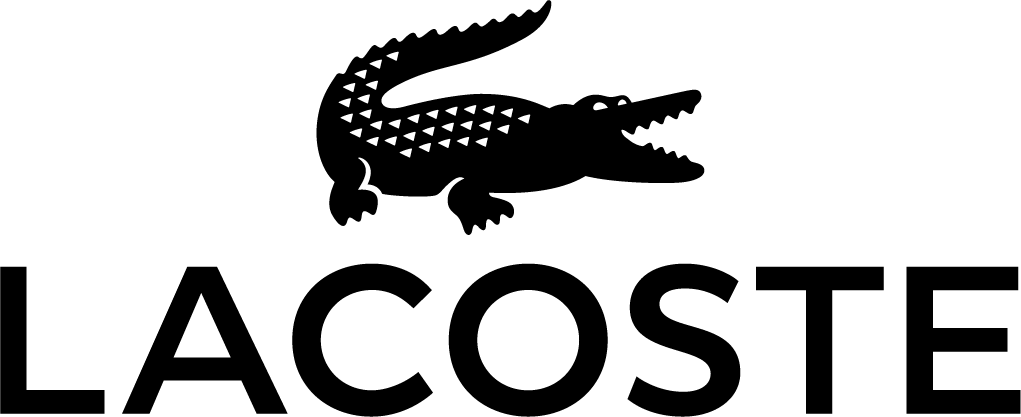
Last week, people in South America, Europe, North Africa, and parts of Asia and the Middle East saw a solar eclipse. As you may have heard, looking directly at a solar eclipse is very dangerous for your eyes and vision. Nevertheless, this rare event is something that many people want to experience when it does happen. While the next time Americans will have a chance to see a total eclipse will be in August 2017, this is what you need to know to be prepared in protecting your eyes when witnessing this rare event.
Dangers of the Sun
First of all, any time that you stare at the sun, the strong rays can kill cells in your retina. The retina is the light-sensitive area at the back of your eye which receives light from the lens of your eye and sends signals to the optic nerve. If the retina is damaged, this will cause you to go blind. The reason that most people don’t make as big of a deal about this on a regular basis as they do with a solar eclipse is that the sun light is so strong, most people don’t and aren’t able to stare at it. Usually your eye will automatically respond with ways to protect your retina by contracting the pupils, squinting or looking away.
A solar eclipse, however, goes through a number of stages and when the sun is partially eclipsed or most of it is covered, the light does not seem as bright, so the protective reactions from your eye don’t occur. Nevertheless, the part of the sun that is visible is just as strong and intense as looking at the full sun, leaving your eyes vulnerable and unprotected. Further, because a solar eclipse is such a unique event, many people are tempted to look – even when they know they shouldn’t, thinking that a few seconds of exposure can’t really do much harm.
This thinking is unfortunately very wrong. You may be familiar with the science trick where you can light a paper on fire on the sidewalk using the sun and a magnifying glass. Sunlight is so strong, that when you concentrate the light with a lens, you can start a fire. The lens of your eye similarly acts to concentrate the sun’s light onto your retina – basically burning it just like the paper in that experiment. A brief encounter -even a few seconds- between your eyes and this intense exposure to the sun is enough to do serious damage.
Usually people don’t realize right away that damage has been done since there is no initial pain with a retinal burn. It can often take several hours for symptoms to manifest and at this point it is already too late.
NEVER LOOK DIRECTLY AT AN ECLIPSE! In fact, you should never look directly at the sun.
Solutions for Viewing an Eclipse
There are a few options for safely viewing these rare events. First of all, you can purchase special eclipse glasses which are glasses made with specific lenses that block out dangerous wavelengths of light. Alternatively, you can make a pinhole projector which will project a miniature image of the eclipse onto the ground through a piece of cardboard or paper with a hole in it. You can learn how to make a pinhole camera on the NASA website.
So whether you are experiencing a solar eclipse or are out enjoying the warm sunshine, now you know how powerful the sun’s rays really are.































